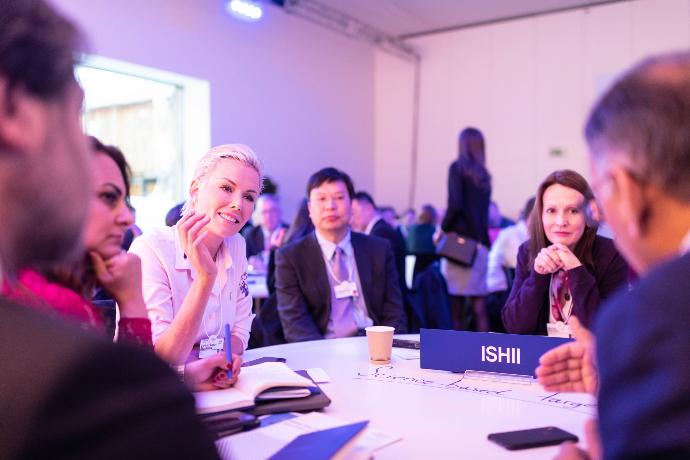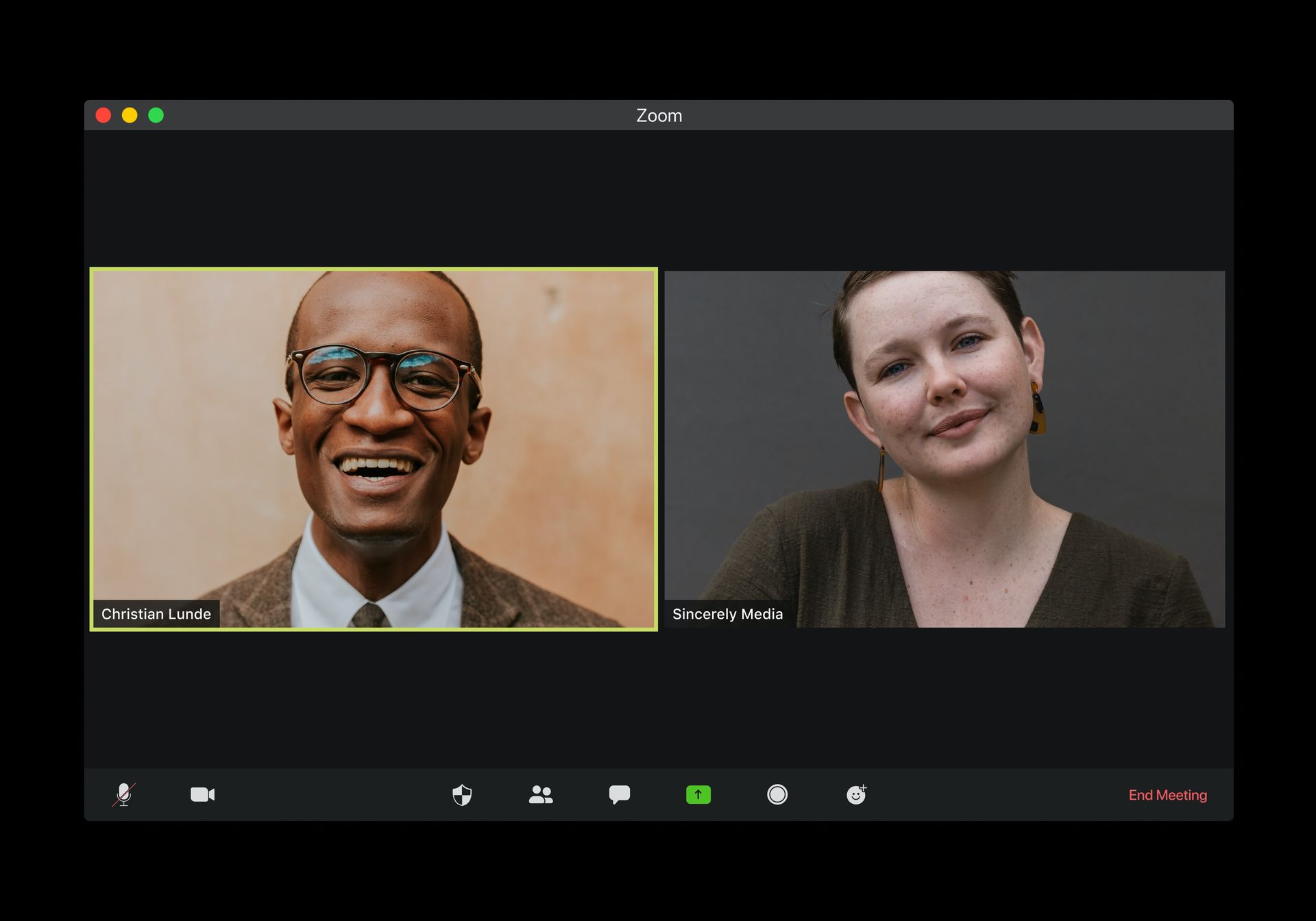Interpreting Services
DAT PROVIDES ALL THE RESOURCES REQUIRED FOR THE DIFFERENT TYPES OF INTERPRETING

Simultaneous interpreting services
This is the type of interpretation needed for major international
events: international organizations, general meetings of major
international groups, professional congresses, etc. The organization of
these events usually requires at least two interpreters per language
pair, as each interpreter can only work for 30 consecutive minutes in
good concentration conditions.
This also requires a technical
infrastructure including headphones, booths and channel splitters to
direct each language to a specific audio channel.
DAT is able to provide you with all these resources, all over Europe.
Consecutive Interpreting Services
Consecutive interpretation is a format that is suitable for a small group of participants and usually covers only one language pair. This is most often a demonstration meeting or a presentation for a group of guests. The speaker allows for the interpretation phase and expresses one idea at a time, then waits for the interpreter to communicate it to the audience before resuming their presentation.
This type of interpretation generally does not require specific equipment, apart from sometimes sound equipment. However, it requires the intervention of two interpreters in order to allow for alternation.
DAT provides you with competent interpreters in the language and specific areas of the meeting.


Remote simultaneous interpreting
Remote simultaneous interpretation has progressed exponentially with the
Covid19 outbreak. International organizations and large companies have
since discovered its merits in terms of cost savings and efficiency.
There is therefore reason to believe that this new form of
interpretation will grow significantly in the future.
The principle
is based on the use of a digital platform that provides the role of
interpretation booths, audio channel splitters and even video channels.
And as in a conventional simultaneous interpretation, the listener
chooses a channel that corresponds to the language he wishes to listen
to. Interpreters can be anywhere, but connected to the same platform.
DAT
ensures the selection of interpreters according to the field of the
meeting, coordinates their interventions and selects the platform
appropriate to the nature of the meeting.